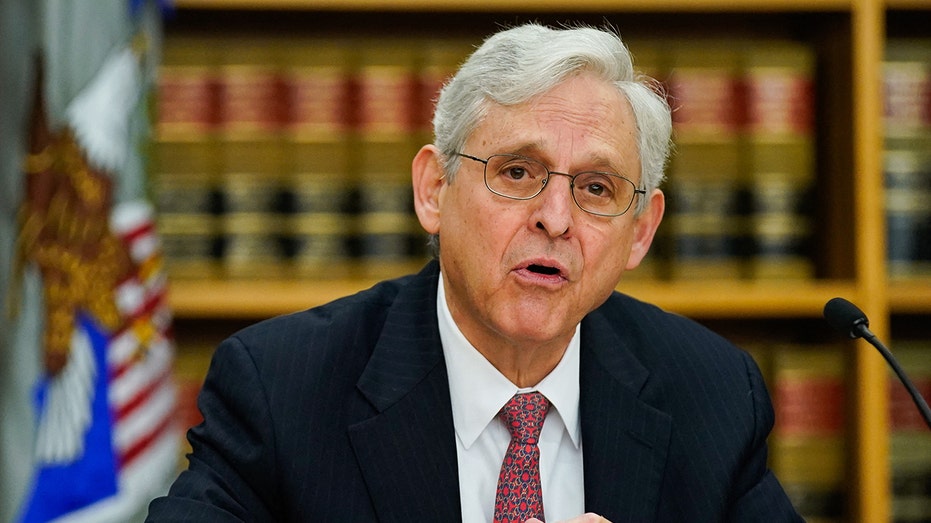Right to Buy isn’t to blame for depleted social housing stock
Right to Buy created a generation of homeowners and enabled mass transfer of capital wealth from the state to the people. No wonder Labour want to abolish it, says Emma Revell Imagine you could introduce a policy which could create more than 2m new homeowners over the next 40 years. Would you do it? Or [...]


Right to Buy created a generation of homeowners and enabled mass transfer of capital wealth from the state to the people. No wonder Labour want to abolish it, says Emma Revell
Imagine you could introduce a policy which could create more than 2m new homeowners over the next 40 years. Would you do it? Or would condemn it as an abomination?
The Right to Buy was one of the most transformative policies of the last century. By offering those living in social housing the opportunity to buy their homes at a discount, Margaret Thatcher created a generation of homeowners, giving them and their families a sense of security and a stake in society that they would otherwise have been unable to afford. As Michael Heseltine, who led on the implementation of the policy in 1980, remarked, “no single piece of legislation has enabled the transfer of so much capital wealth from the state to the people”.
So why are the Labour Party planning to consult on reforms which would remove the Right to Buy for social tenants in newbuild properties and lower the discount for everyone else?
As with most things, the answer lies in our decades-long inability to build enough houses. Campaigners, politicians and local authorities – including many in London – argue that Right to Buy has led to the depletion of our social housing stock, and that many of those homes have ultimately ended up in the hands of private landlords. To paraphrase countless Guardian articles over the years, we are selling off critical national assets to feed capitalist greed.
It’s true that councils haven’t directly replaced much of the housing sold under Right to Buy – not least because, for many years, the Treasury decided to snaffle the receipts. But today, the guidance is clear that the proceeds should be used to construct replacement housing. The fact that we haven’t has a lot more to do with our wider failure to build than the Right to Buy itself. As my boss Robert Colvile pointed out when the consultation was first reported, there were only 14,000 Right to Buy sales in England last year, accounting for just 0.3 per cent of the social housing stock.
Pitifully small housing stock
Indeed, we still have an extremely high percentage of social housing as part of our housing mix, including very large amounts in the richest parts of London. It’s just that the overall size of our housing stock is pitifully small.
It will not be news to readers that there are enormous pressures on politicians and planning departments to oppose new development for a whole variety of spurious reasons. But the scale of the problem bears repeating. In 2020, the UK had just over 350 dwellings per 1,000 citizens. That is 100 homes fewer than the Netherlands and Hungary, 150 homes fewer than France, and over 200 fewer than Bulgaria or Italy. We are forcing our populations into sharing with housemates or living with parents much longer than they would otherwise.
If we were able to build to similar ratios as our European neighbours and if the percentage of social housing remained the same, we would have hundreds of thousands of additional homes available and the small percentage bought under Right to Buy would seem less relevant. Once again, the underlying issue is our inability and unwillingness to build.
Homeownership remains one of the most commonly agreed on goals the British public has. Labour should be looking at ways to boost that, especially for those on lower incomes, not risk entrenching it further as the sole preserve of the wealthy.
Emma Revell is external affairs director at the Centre for Policy Studies



